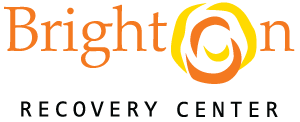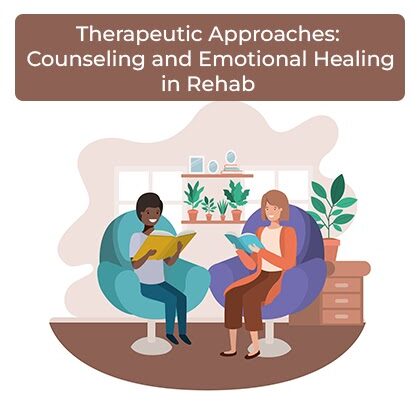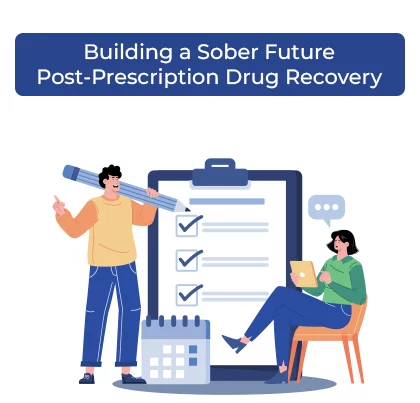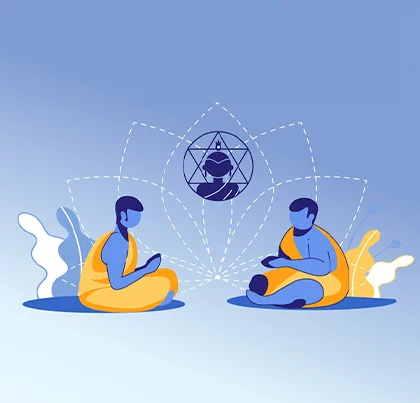Identifying Addiction
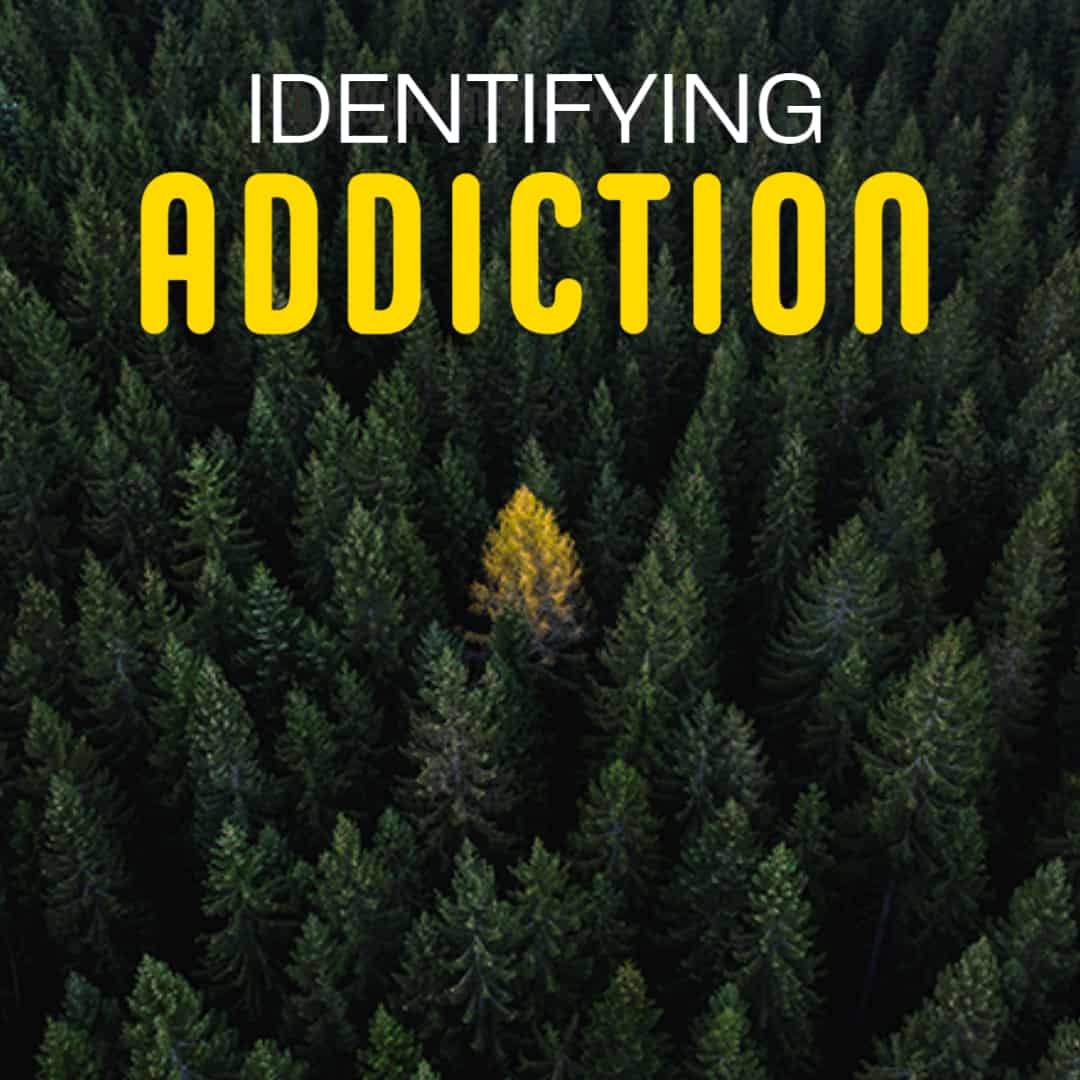
Suspecting a loved one of being addicted to a substance or behavior is a trying time. Whether it be an addiction to alcohol, drugs, gambling, or anything else, there is a palpable gloom that hangs over the addicted person. However, there are several things to keep an eye out for when dealing with discovering the nature of the addiction, which can help better educate one on the best practices moving forward.
Addiction can rear its head in many forms, though they follow a familiar path. There is the first use, regular use, risky use, abuse, and dependence. The last two, especially together, create the foundation for addiction. First use is fairly self-explanatory: it is the first time that an individual tries a substance. However, it is this very early step that lays the groundwork for why some people become addicted. During this time, a positive connotation is made between a behavior or substance and its effect.
For instance, drinking becomes associated with spending time with friends at a party or playing some low-stakes poker for fun. Regular use is when this positive connotation becomes established and connected with action. When you go to a party, you now expect to be drinking every time. Playing a game of poker without a beer in your hand becomes unthinkable. Regular use in and of itself does not qualify as an addiction, so long as it remains moderated, and the practice stays within safe limits.
However, regular use can quickly become risky use. The more one begins to enjoy the substance, the more they seek it out. They begin to ignore socially acceptable limits on their behaviors. This is where signs of addiction tend to start. If someone reaches this point without it being addressed, it can very quickly develop into an addiction.
Usually, warning signs will start developing during the final steps of this process. By the time that family and loved ones suspect a problem, addiction or dependency is likely far more advanced than they know. Each of these factors is a possible indicator of addiction that needs to be addressed when confronting the person about their addiction.
- Sudden New Interests
Be on the look-out for a loved one suddenly dropping certain activities that they used to enjoy and picking up a brand-new hobby out of thin air. This can be a very rapid shift, and the person may begin partaking in this new hobby or interest at all opportunities. Their interest may wane as quickly as it started, and they jump to the next hobby. These sudden new interests reflect the internal shifting that their body is going through, rapidly changing to adapt to the new need for the substance being abused.
- Emotions Out of Control
Alongside their interests, their moods and personalities may also rapidly shift. Emotions may seem to be blown out of proportion as an addicted person loses their ability to regulate their emotions. Anger turns to rage, sadness becomes depression, and worry becomes full-blown anxiety. Their very personalities can shift alongside this, making people who were once jovial and easygoing into someone with a more gloomy, pessimistic outlook.
- Financial Troubles
Being addicted to any kind of behavior or substance comes with a remarkable financial cost on top of the personal and social price tags that they carry. Pay attention if someone who was once rigorously frugal is spending extravagantly. Watch for a sudden inability to make ends meet, even though a person is still working full-time. Addictions are expensive and destructive, and can quickly tear a whole in a once-sure budget.
Finding the best way to help a person through their rehabilitation process is to better understand how the person engages with the addiction on two fundamental levels: abuse and dependence. These two factors, working in tandem, create the difficult problem of addiction. They complement each other, which is what makes addiction so hard to break as a whole.
- Abuse
Abuse is an inability to moderate the intake or frequency that the substance is used, or the behavior practiced. A person who abuses a substance may look for a chance to use it at any given time and will plan their day out around their opportunities to use. While they may experience shame and try to hide it from their loved ones, using is still one of the most critical things in an addict’s day. In fact, the more guilt and shame the addicted person feels, the more they need to use. Negative feelings fuel their substance abuse, and their addiction creates worsening emotions. It’s a destructive cycle.
- Dependence
Dependence attacks a person’s internal mechanisms and really doesn’t engage with the intention behind substance use. Drug or alcohol use becomes necessary. There is less thought put into “when” and “how” one could use, but rather, just a thought of using it in general without much thought put into the following consequences. This indicates the biological need for the substance taking over the body. During this phase, an alcoholic may begin to drink with no real intention or may do so to simply avoid going through withdrawal.
While each individual’s path towards addiction will differ, learning about the symptoms of addiction helps to best create the right pathway for a person to seek the proper help. The rehabilitation process is different for each and every person, so individualized care is essential. At Brighton Recovery Center, professional staff are ready to individualize a recovery plan for any stage of rehabilitation to fit any needs. Call today at 1-844-479-7035.
